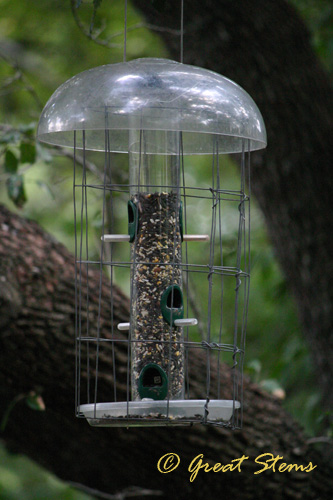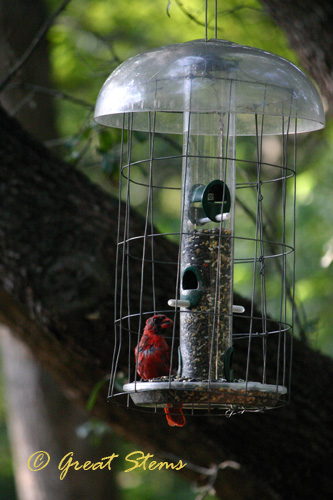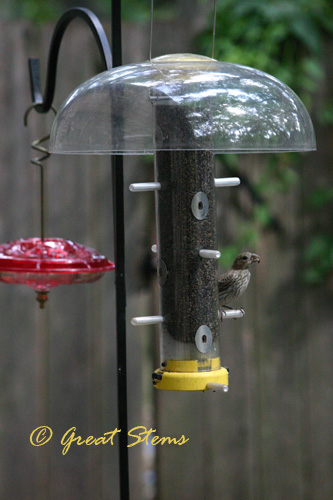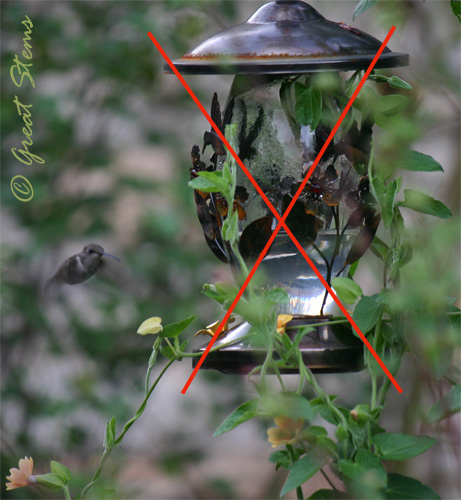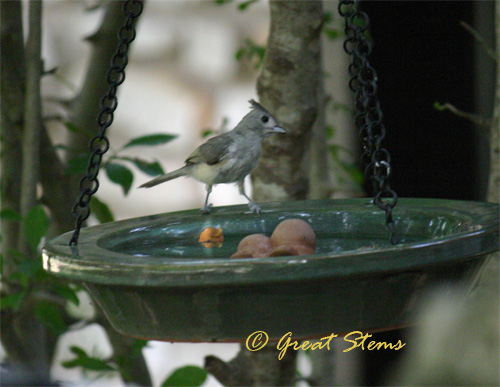It’s been an emotional time in the bird world of our habitat. First we were concerned we’d accidentally startled away our Screech Owl resident during a well-meant daytime branch pruning. But happily the owl returned and is once again watching over all backyard activity.
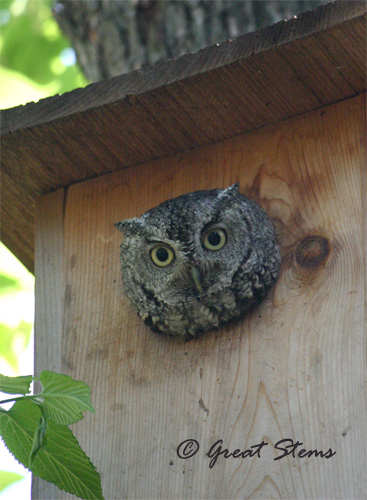
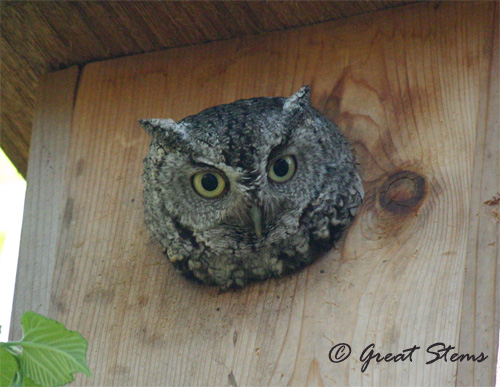
I’m hopeful that the owl being so quick to flush might actually indicate that there are babies in there, but really I’m just looking for any sort of sign at all that we might get to see baby owls at some point soon. For all we know, we’ve just got one extremely comfortable bachelor hanging out in his awesome pad.
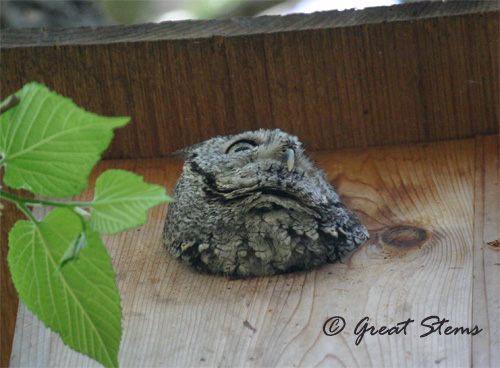
The other owl house has become occupied by a squirrel and most likely its family, and well, that’s not such a good thing, as you’ll find out shortly.
Very exciting is that we recently enjoyed a flock of migrating birds all taking baths together in the waterfall of our pond. They arrived together and left together — I invited them to stay but they clearly had places to go after they got all clean. They wouldn’t let me get too close for pictures, but as long as I was a safe distance away, they splashed about eagerly.
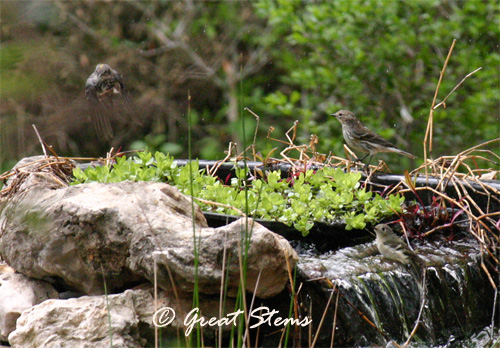
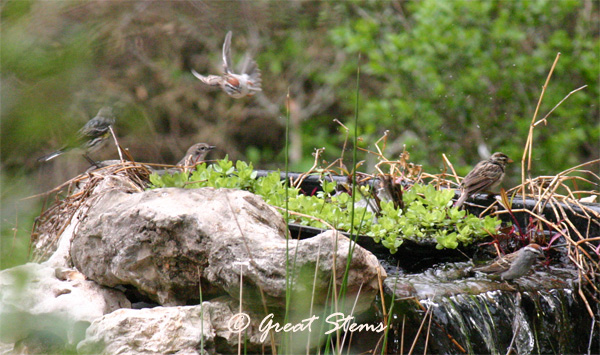 We had Chipping Sparrows, Yellow-Rumped Warblers, one Ruby-Crowned Kinglet–
We had Chipping Sparrows, Yellow-Rumped Warblers, one Ruby-Crowned Kinglet– I’m still working on IDing the rest. There’s another sparrow in there, and that yellow bird looks like something other than a finch — possibly another kind of warbler and one Nashville Warbler (this yellow bird is new to me — Audubon gurus Jane T. and Laurie F. identified it for me — thank you both!). Even Carolina Chickadees (not pictured) and White-Winged Doves (also not pictured) flew down to join in. Safety in numbers, I suppose — plenty of birds to look out for danger while the rest splash about.
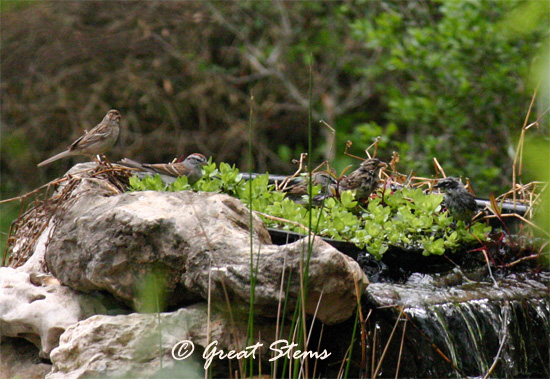
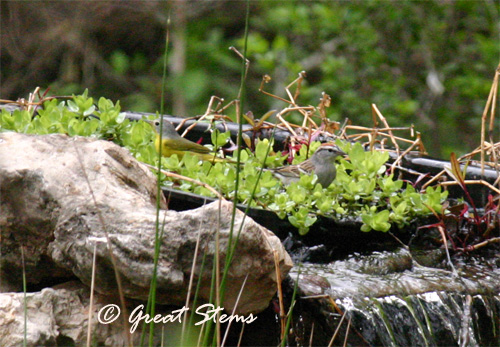
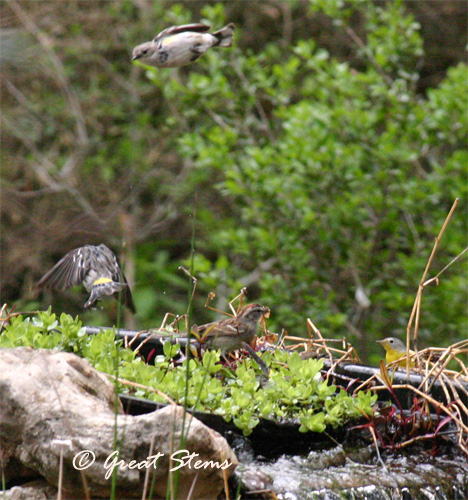
Some bathed in the waterfall plants, while others went straight to the waterfall.
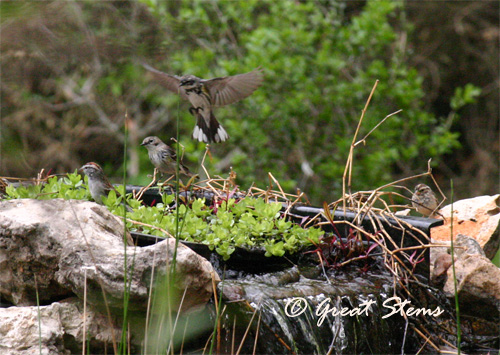 The flock was only here but briefly, but those few minutes made us so happy that we had a waterfall to offer them.
The flock was only here but briefly, but those few minutes made us so happy that we had a waterfall to offer them.
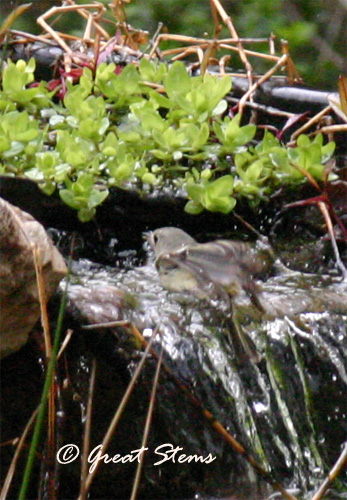 But today we feel sad, because yesterday afternoon our young Carolina Wren babies were snatched away. We are blaming the squirrel seen in the vicinity during the hour when it must have happened, as we had just prior checked on the babies and they were all there. I had no idea that squirrels would eat baby birds until that happened. It’s upsetting, but it’s nature. Plants provide food for animals, who in turn become food for larger animals, and so forth. That’s why I don’t hang out with saltwater crocodiles.
But today we feel sad, because yesterday afternoon our young Carolina Wren babies were snatched away. We are blaming the squirrel seen in the vicinity during the hour when it must have happened, as we had just prior checked on the babies and they were all there. I had no idea that squirrels would eat baby birds until that happened. It’s upsetting, but it’s nature. Plants provide food for animals, who in turn become food for larger animals, and so forth. That’s why I don’t hang out with saltwater crocodiles.
But even though it’s all the circle of life, I’m not thinking squirrels are so “cute” anymore. They were clearly setting me up, doing all their silly antics and making those innocent faces! Then they go and eat the baby birds I’d been daily protecting and documenting the growth of. But while my habitat is songbird-friendly and apparently a squirrel’s delight, it’s also owl-friendly. Squirrels might be on the larger side of a Screech Owl’s diet, but they are definitely on the menu. So those squirrels better realize they are in prime viewing range of that which might eat THEM.
Speaking of owls, if you have a chance to visit the Wildflower Center, be sure to take your camera. There’s a Great Horned Owl nesting right where visitors can stop and say hello.
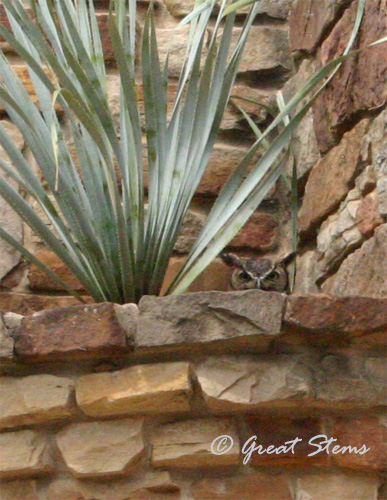
Apparently her big-eyed owlet is peeking out now, too — if I can, I’m going to head down there to get a picture! I’m going to venture a guess that this baby is safe from squirrels….
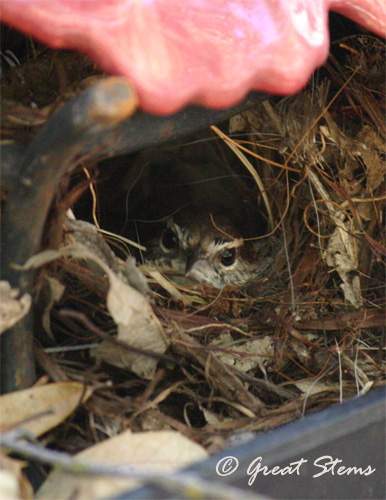
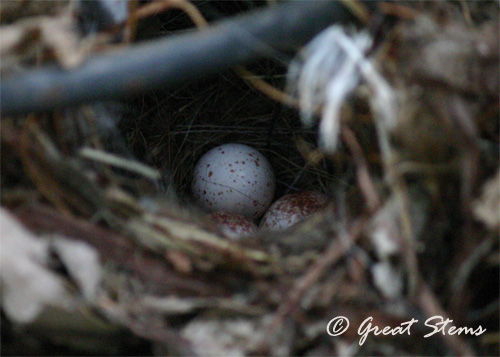
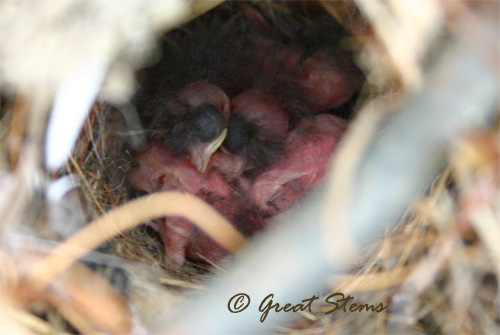
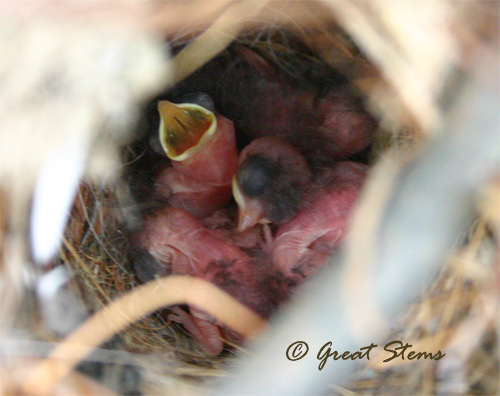
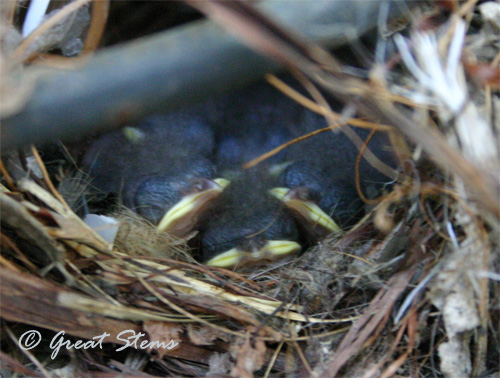
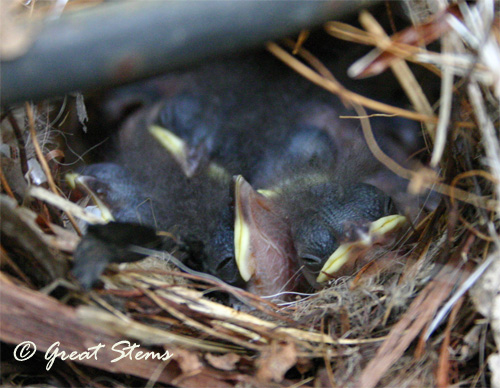

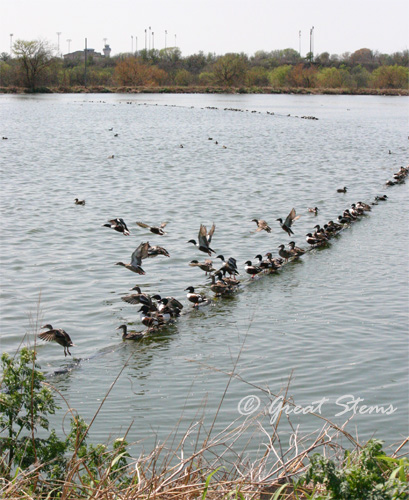
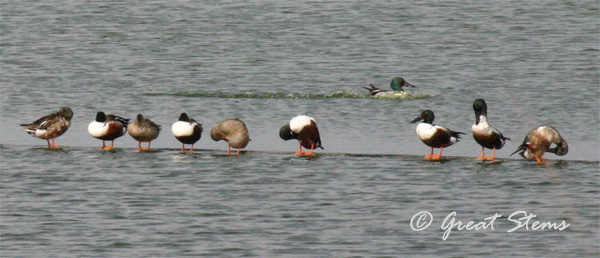
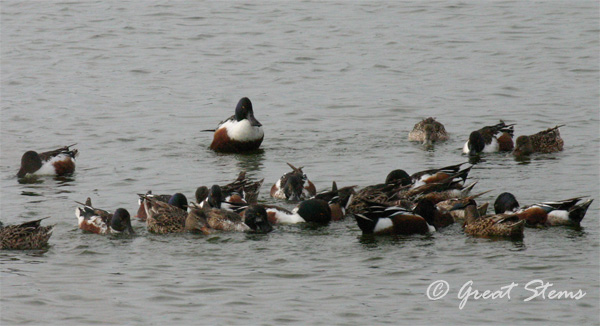
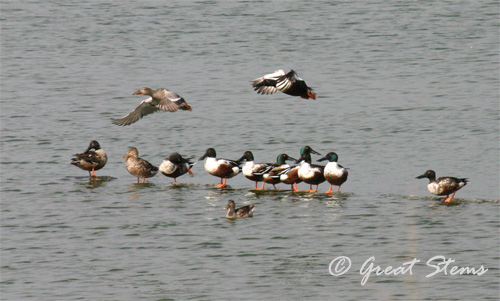
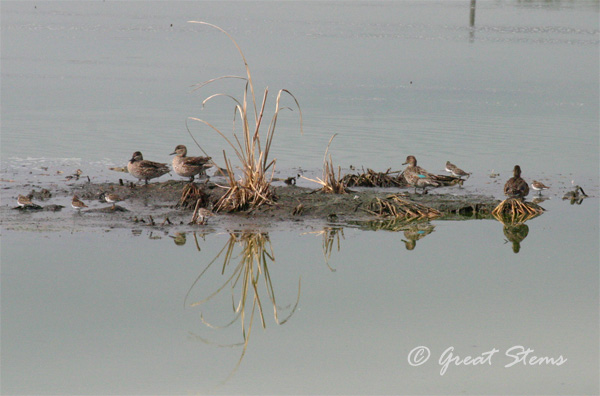
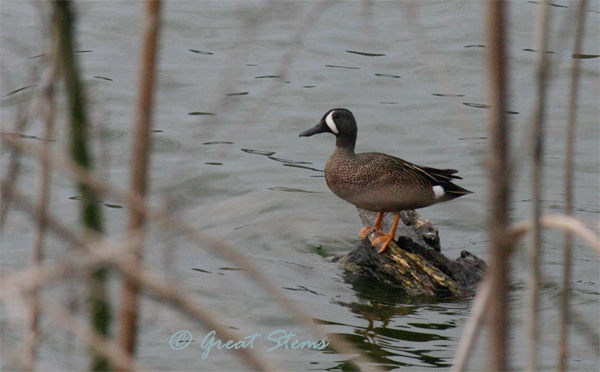
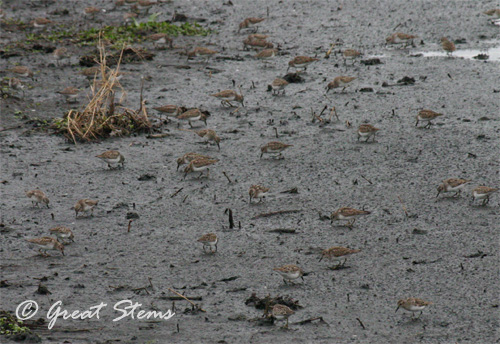
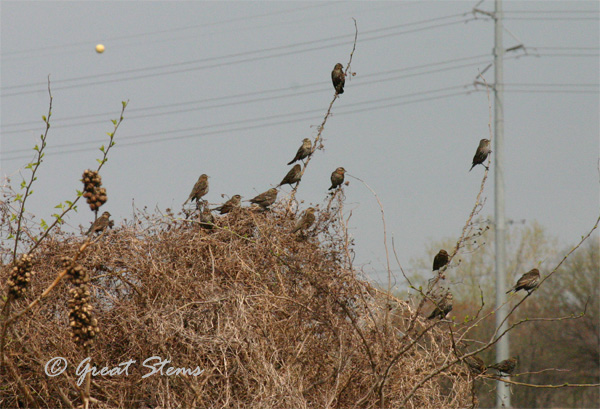
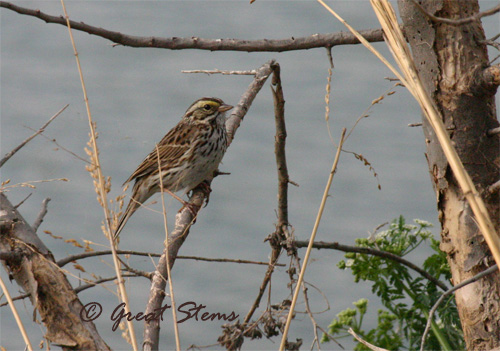
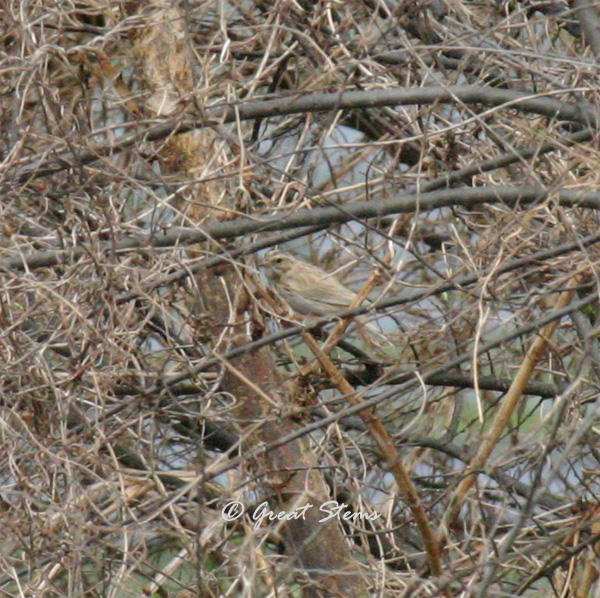
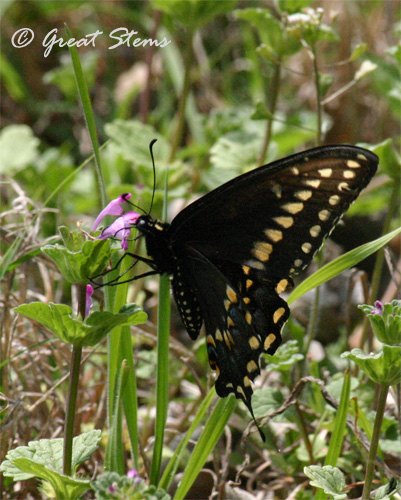
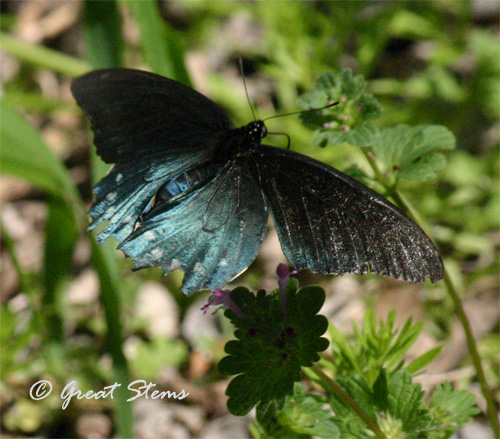
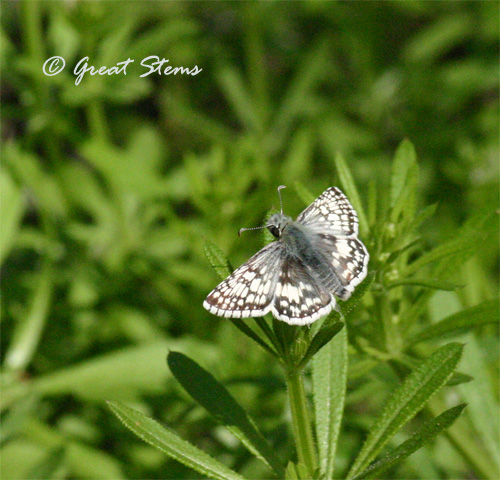
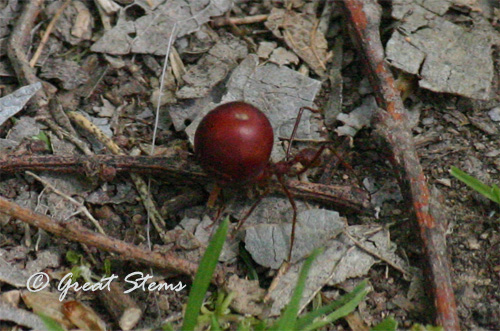
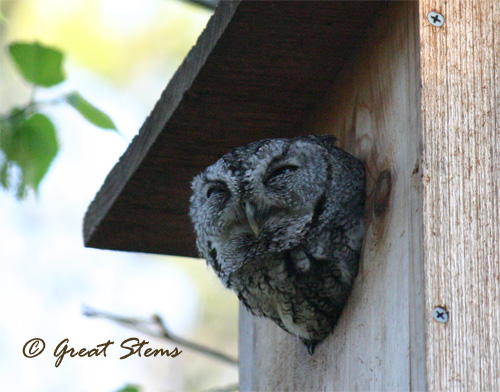
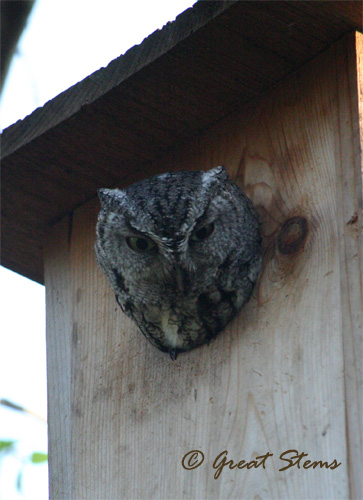
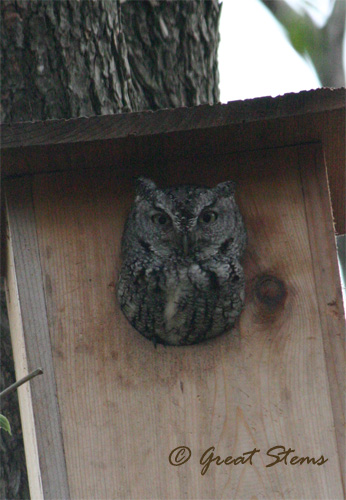
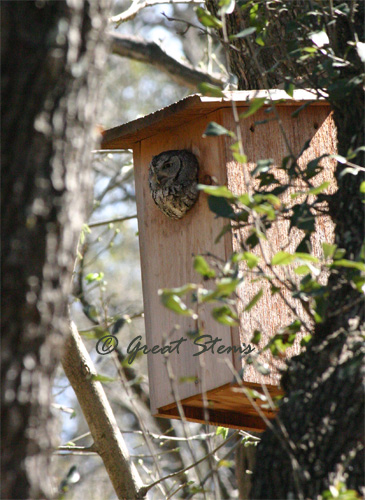
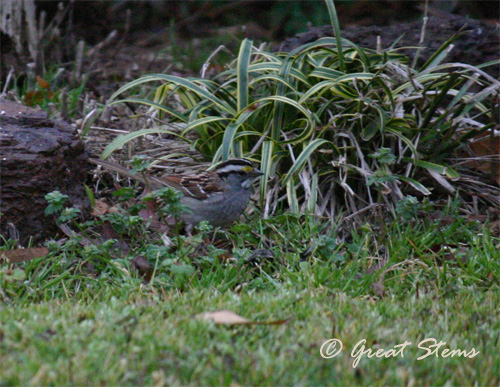
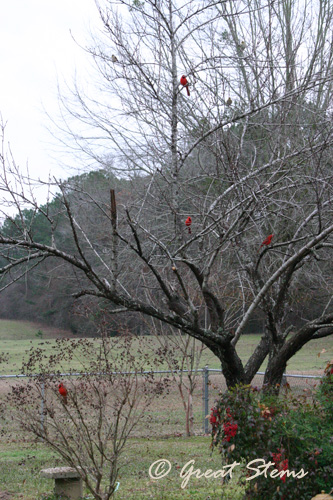
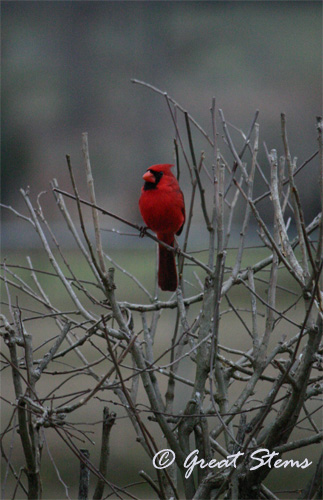
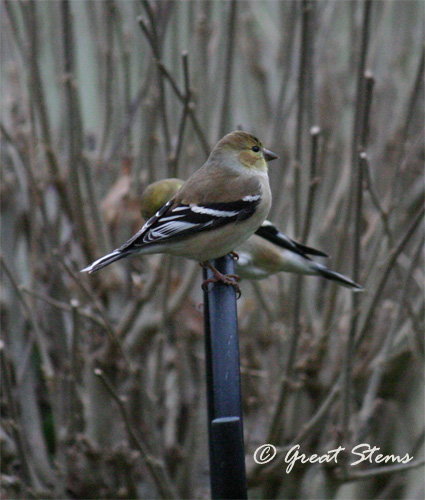
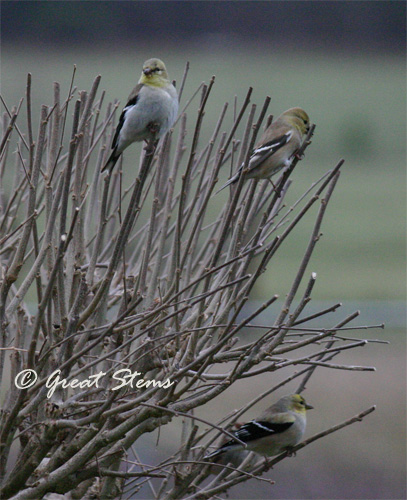
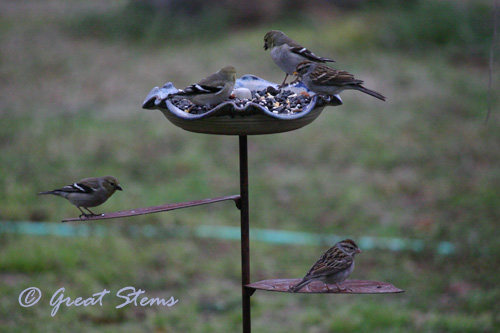
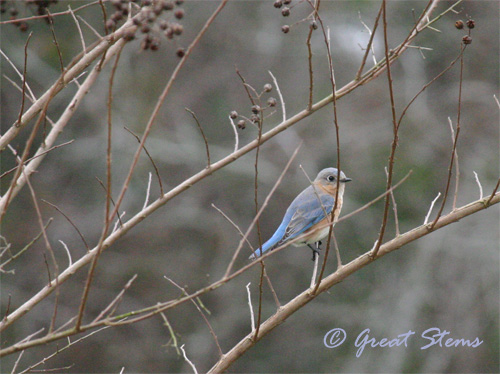
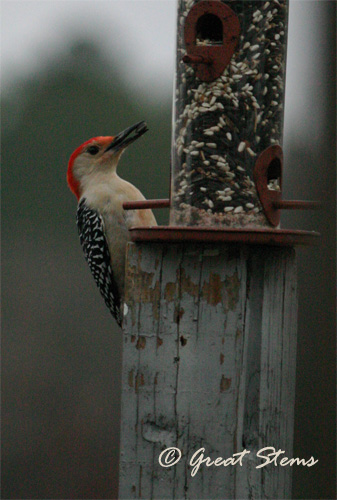
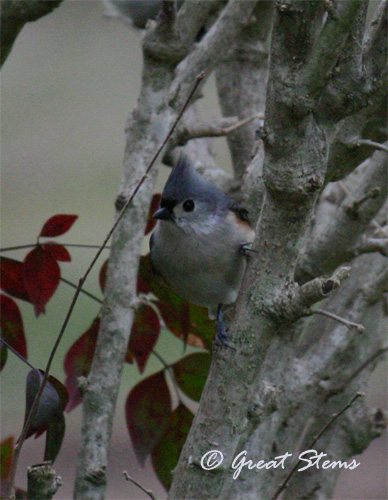
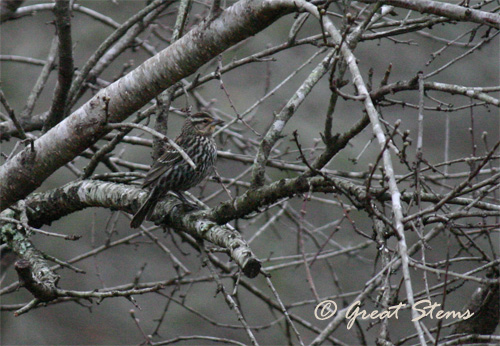
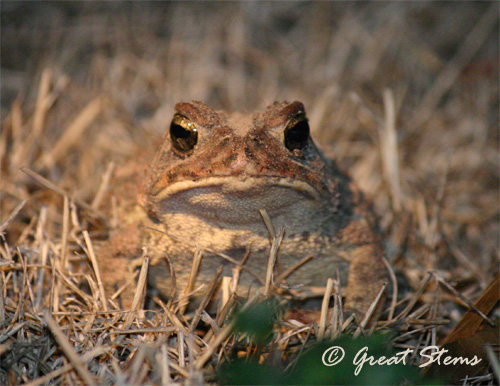
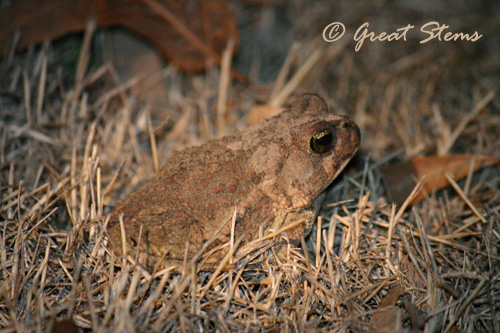
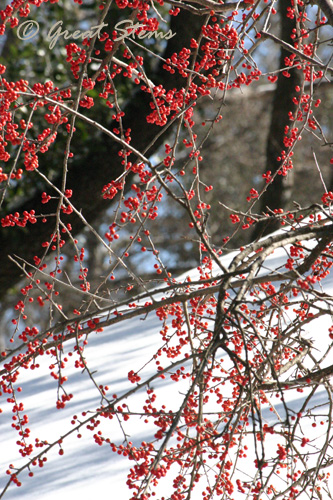
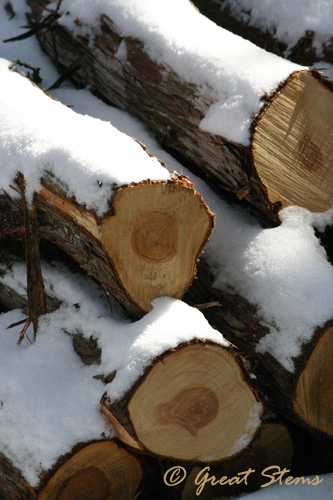
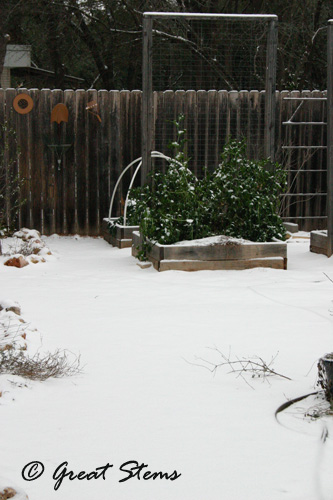
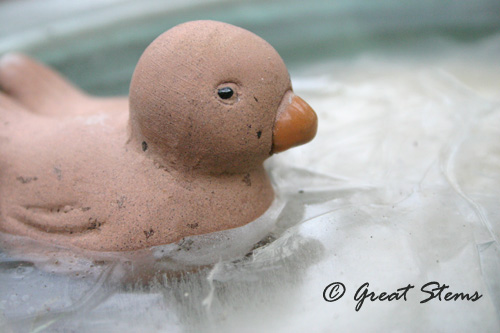
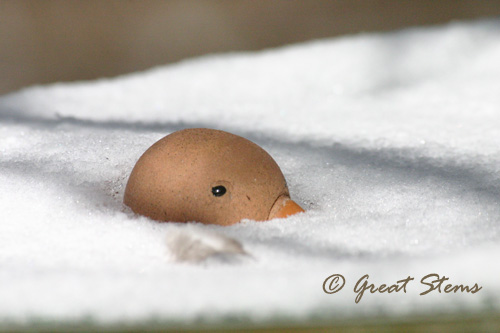
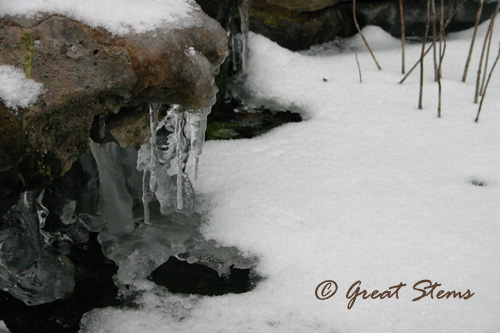
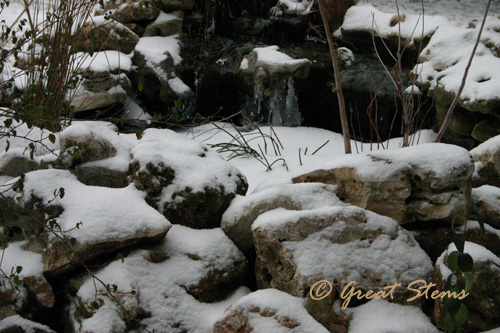
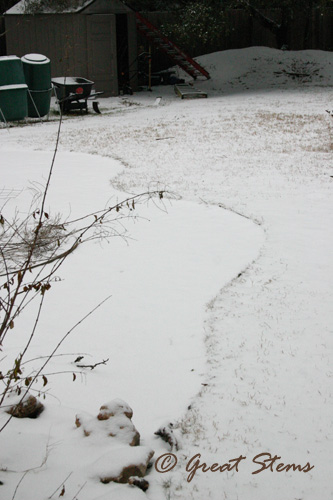
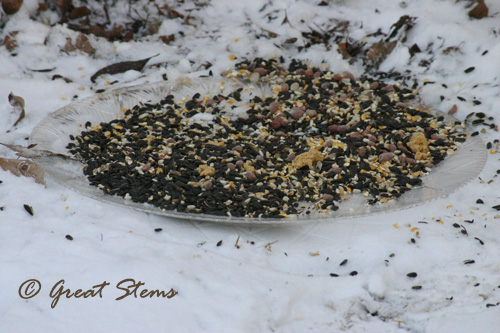
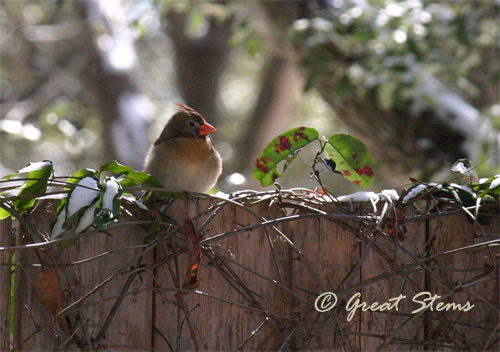
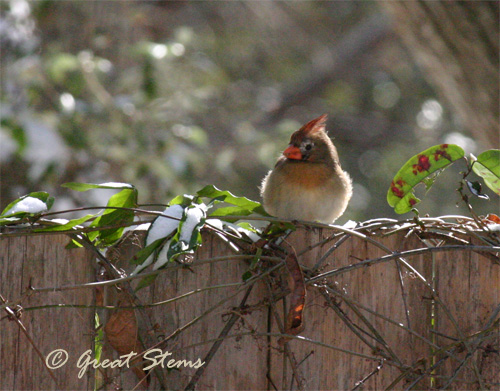
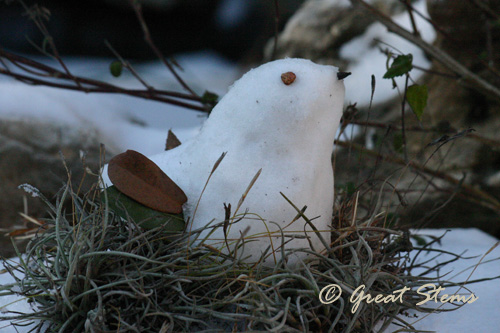
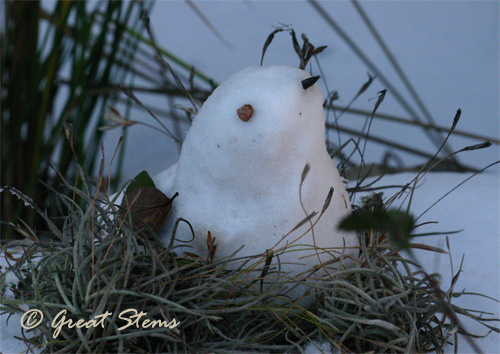
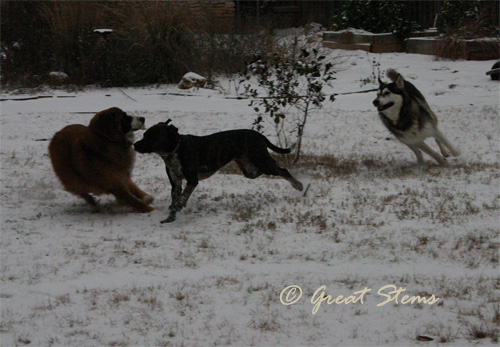
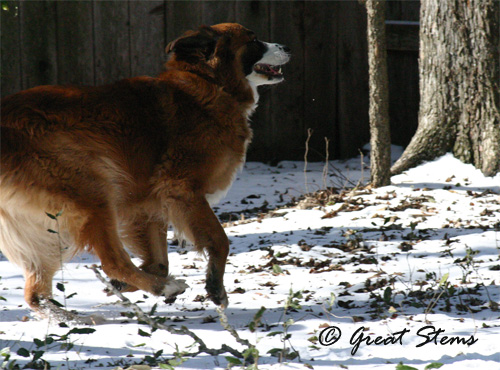
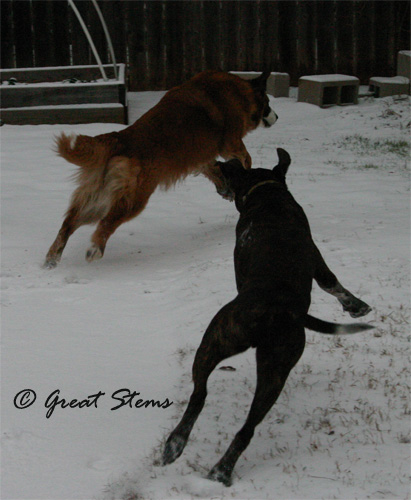
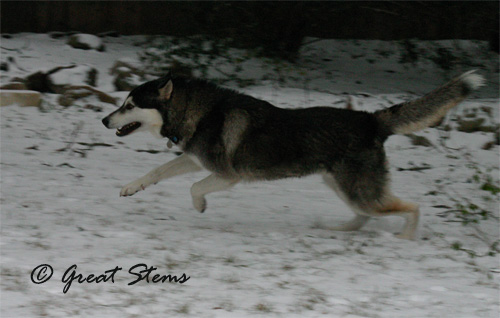
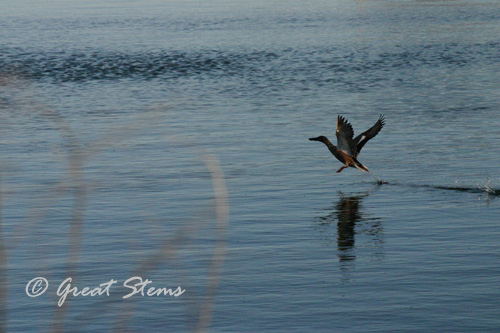
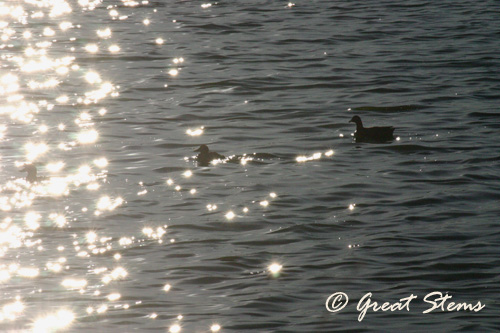
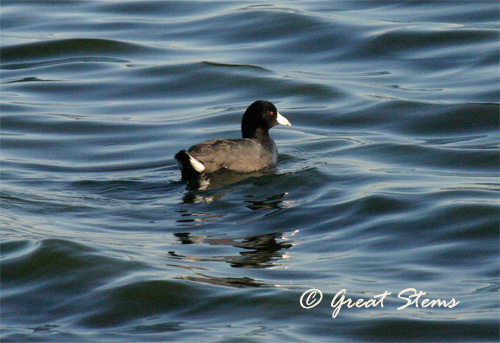
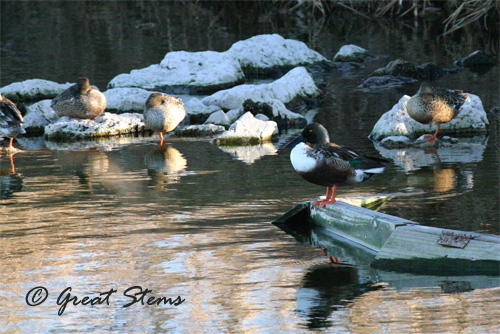
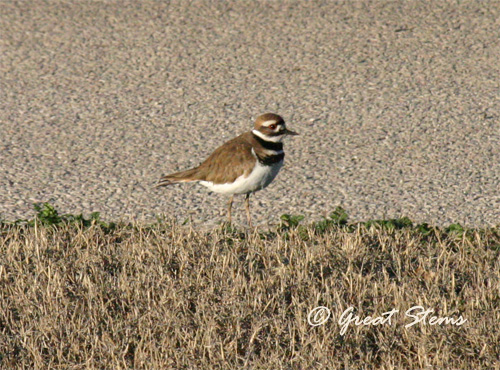
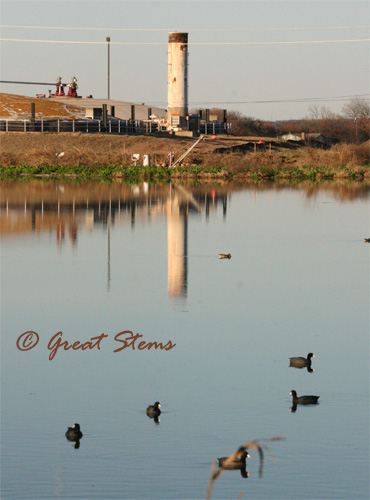
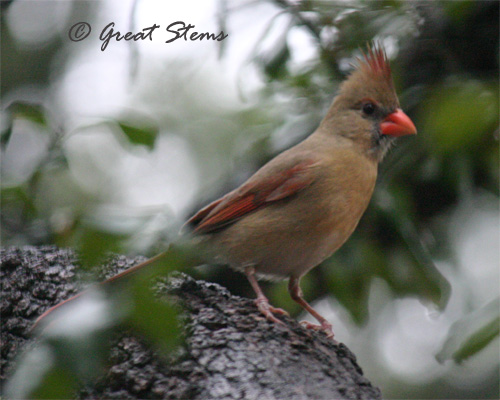
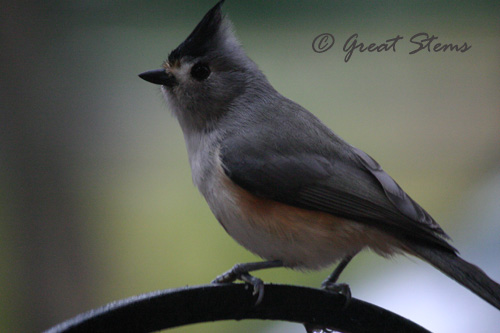 Of course, the titmice, chickadees, nuthatches, and wrens are still around, too. All I can say is, “Welcome!”
Of course, the titmice, chickadees, nuthatches, and wrens are still around, too. All I can say is, “Welcome!”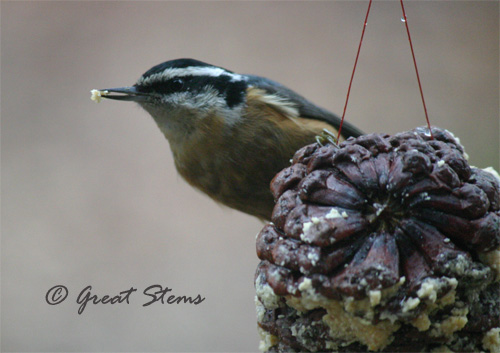 My friend Marya gave me a container of
My friend Marya gave me a container of 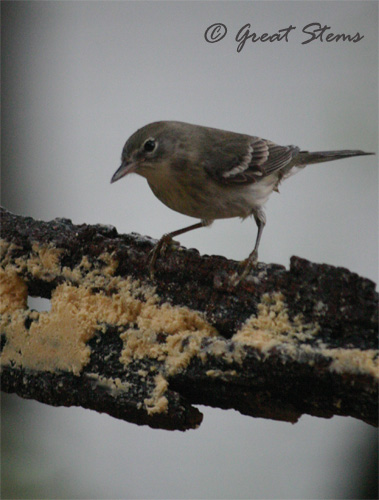
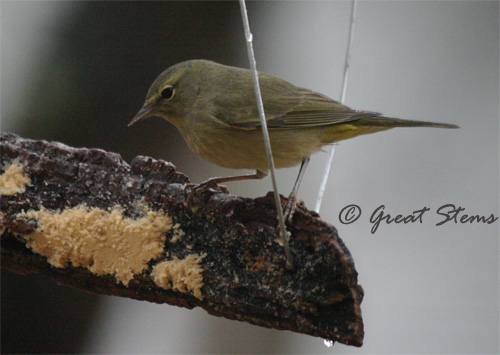
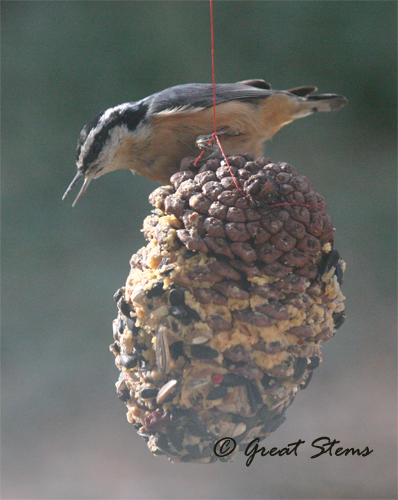
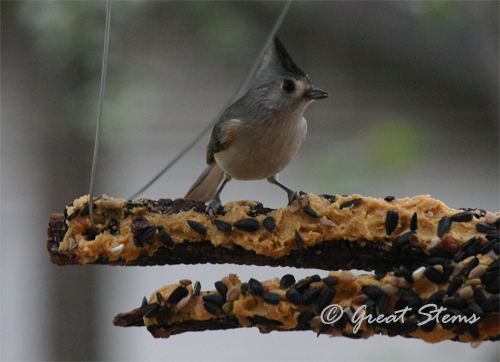
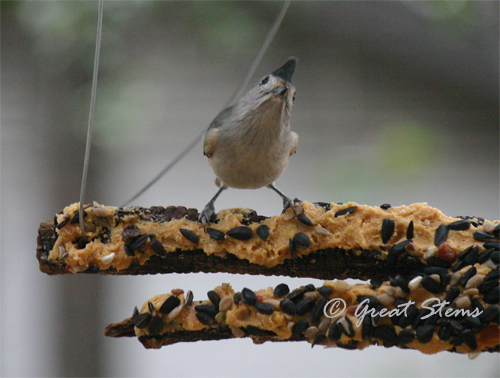
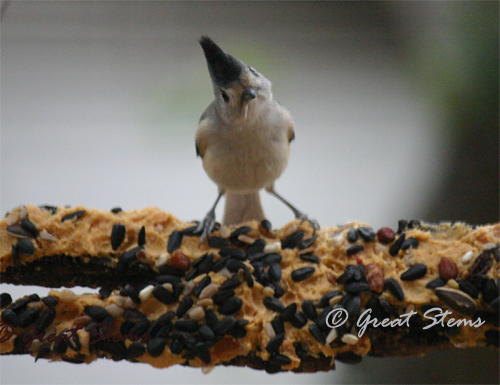
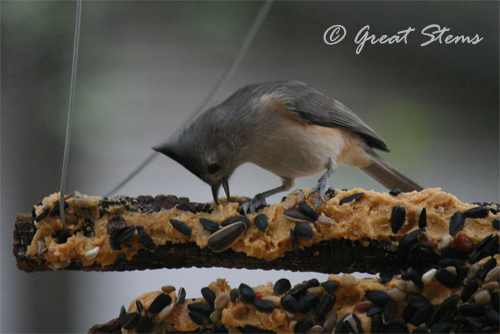
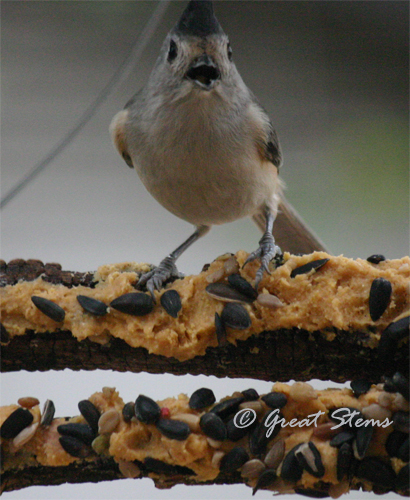
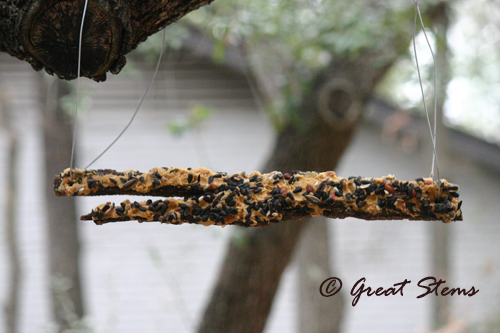 This is the recipe used on our feeders, tried-true-and-bird-approved.
This is the recipe used on our feeders, tried-true-and-bird-approved.